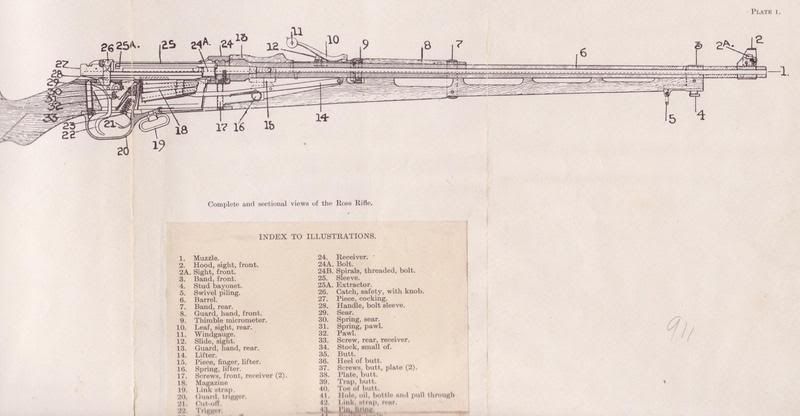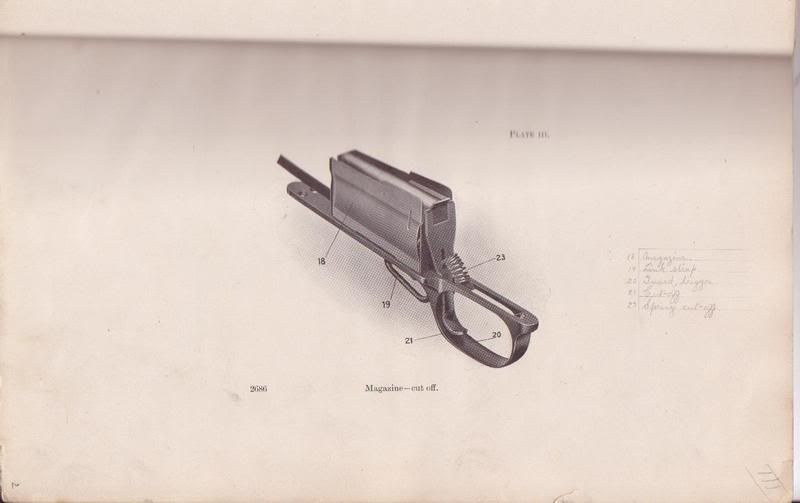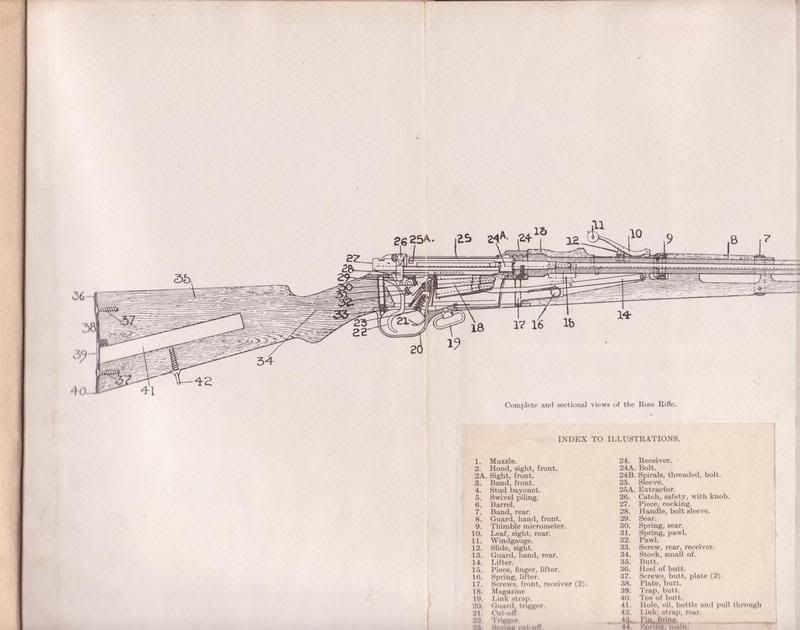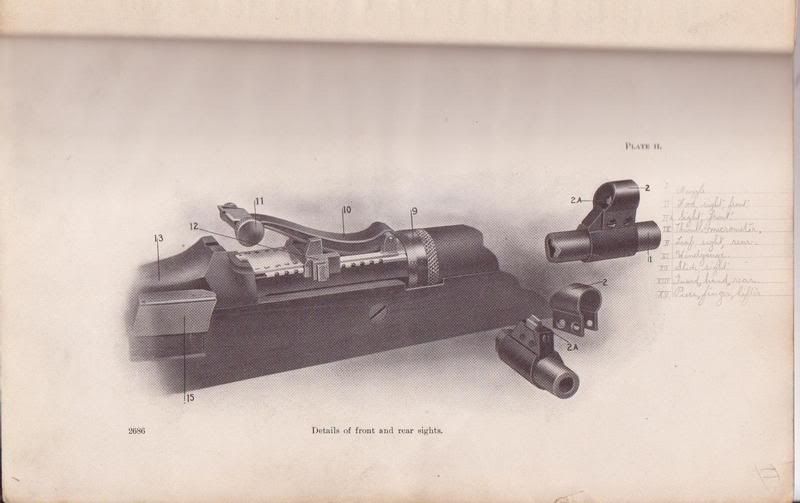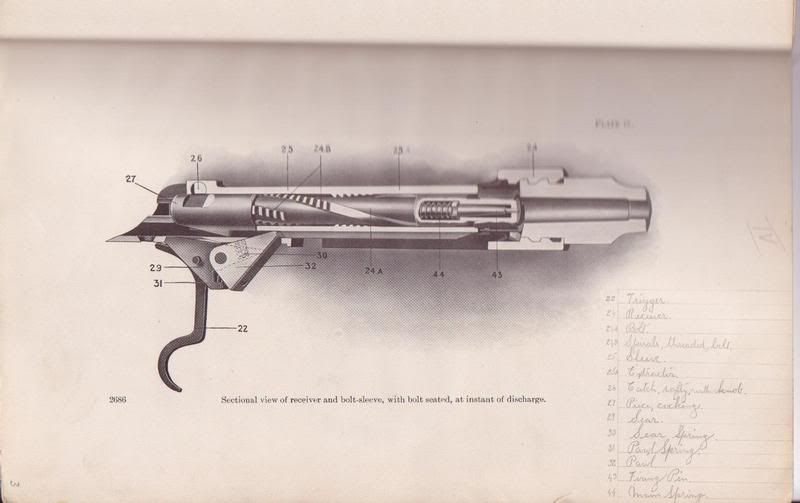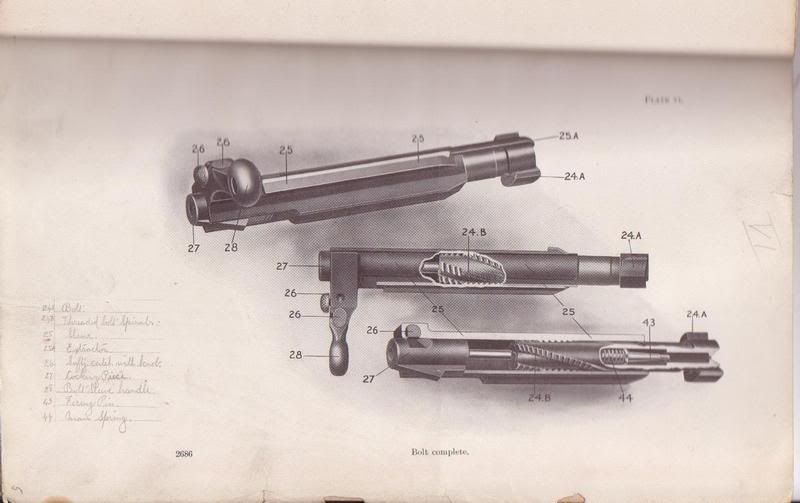The Ross Rifle Scandal
"During the South African War of 1899-1902, the Canadian government had experienced serious problems in obtaining weapons from Britain, on whom it relied for its supplies. In particular the .303 Lee-Enfield rifle was unavailable, and efforts to persuade Birmingham Small Arms Company to set up a branch factory in Canada to manufacture the rifle were unsuccessful. Sir Wilfred Laurier, then the Prime Minister, was persuaded by his Militia Minister, Sir Frederick Borden, that Canada would have to make its own rifle. A new rifle, developed by Sir Charles Ross, had recently appeared on the market. It was a fine target and sporting weapon. Ross came to Ottawa and met with a committee set up to evaluate his rifle. One of the committee members was Sam Hughes, who immediately liked the weapon. It was put through a series of tests, including comparison tests with the Lee-Enfield. In spite of the fact that the Ross jammed and often misfired, the committee recommended its adoption and manufacture in Canada. What "small problems" there were, Sir Charles Ross assured them, could be eliminated with the appropriate modifications. Sam Hughes steadfastly defended the Ross rifle in the House of Commons and was opposed to replacing it. Events were to show that he was tragically In trench conditions, surrounded by mud and filth, and when it was essential to have a reliable weapon, the Ross was definitely out of place. It had a long barrel and was difficult to use in the trench's confined spaces, and it frequently jammed. It was indeed a fine weapon - on a firing range under controlled conditions. But the First Division's stand at Ypres in the face of a gas attack, Canadian soldiers threw away their Ross rifles in despair and frustration, and picked up Lee-Enfields from dead British soldiers on the battlefield.
In spite of this, the Second Division went to France with Ross rifles and again the results were much the same, with solders throwing away jammed weapons. By July 1916 Sir Douglas Haig, the new Commander-in-Chief, had ordered the replacement of all Ross rifles by the Lee-Enfield, then becoming widely available. To the end, Hughes refused to accept that there were problems with the Ross, and it took the intervention of many influential people to persuade him otherwise. In November 1916, Hughes resigned, after Sir Robert Borden's decision to appoint a Minister of Overseas Forces. He died in 1921 at the age of 69."
...from...
http://www.mysteriesofcanada.com/Milita ... candal.htm


